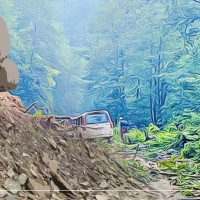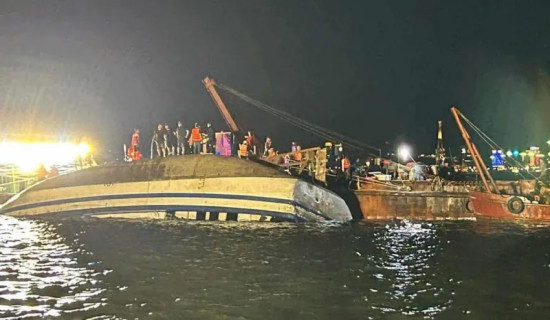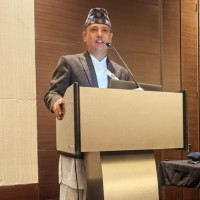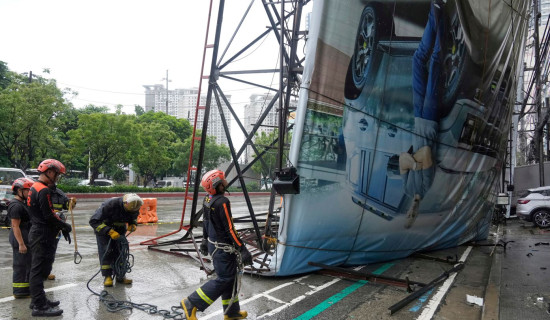- Sunday, 20 July 2025
Jajarkot earthquake victims living in uncertainty
BY BASUDEV SHARMA,Jajarkot, July 20: Thousands of earthquake-affected families in Jajarkot remain in a state of uncertainty due to delays in the Detailed Damage Assessment (DDA) report, essential for reconstructing homes damaged or destroyed during the earthquake. While the government had initially assured reconstruction of traditional stone-mud houses, many households were only listed under the ‘repair and minor retrofitting’ category in the DDA report, sparking dissatisfaction among affected citizens.
The government began the DDA process nearly 19 months after the devastating quake. However, due to the prolonged delay in releasing the survey report, many people in rural areas have expressed frustration and anger, as they continue to live in unsafe or temporary shelters.
Initial surveys conducted by local authorities reported damage to around 48,000 homes. So far, 40,086 beneficiaries across seven local levels have received the first instalment of government aid. Over 36,000 have also received the second instalment after building temporary shelters. The distribution process for those still awaiting the second tranche is ongoing.
Chief District Officer Mekh Bahadur Mangrati stated that a total of 8,162 beneficiaries from the seven local units have been listed under the two-phase reconstruction programme. However, the recently released DDA report includes only a small number of names under the categories of full reconstruction, repair, or retrofitting, primarily due to delays and inefficiencies at the local level.
Among the local governments, Junichande Rural Municipality has the fewest listed beneficiaries, with only 32 names in both phases, while Nalagad Municipality has the most, with 3,680. Other municipalities include Bheri (1,798), Chedagad (525), Barekot (1,630), Shivalaya (356), and Kushe (141). Reconstruction processes have already begun for those listed.
According to local disaster risk reduction committees, funds for approved beneficiaries are being dispatched by the District Disaster Management and Risk Reduction Committee. Once local governments recommend the beneficiaries, funds are transferred directly to the respective committee’s account to initiate the rebuilding process.
Local social worker Khambajung Shah of Bheri Municipality- 4 expressed concern over the government's decision to place stone-mud houses under the repair and retrofitting category instead of full reconstruction. He warned that such structures remain unsafe and may collapse in the event of future earthquakes, posing a severe risk to lives and property. He added that neither the government's efforts nor the funds provided are sufficient to ensure the safety of beneficiaries.
Residents of rural areas fear that the current categorisation under repair and retrofitting, instead of full reconstruction, puts them at long-term risk. They have accused authorities of discrimination in the damage assessment and demanded a fair and timely response.
















